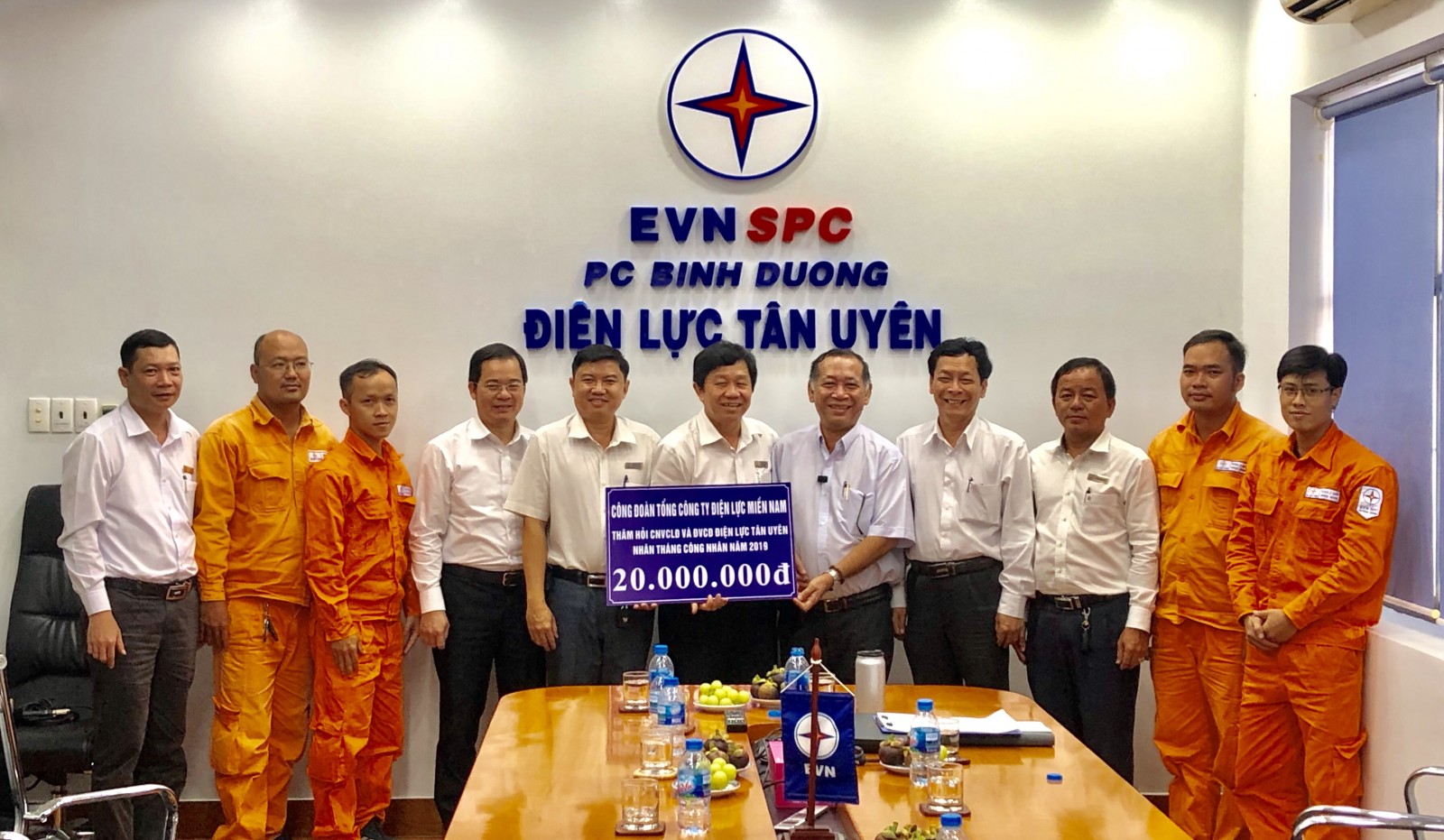Finding Alternatives: China's Response To US Drug Import Reliance

Table of Contents
The Extent of US Dependence on Chinese Pharmaceutical Imports
The US pharmaceutical industry's reliance on China is substantial, extending across various crucial drug categories.
Specific drug categories heavily reliant on China
-
Active Pharmaceutical Ingredients (APIs): A large percentage of APIs, the foundational building blocks of many medications, are sourced from China. This includes APIs for a wide range of drugs, from antibiotics to anti-cancer medications.
-
Generic Drugs: China is a major producer of generic drugs, supplying a significant portion of the US market's demand for affordable medications.
-
Quantifiable Data: While precise figures fluctuate, estimates suggest that upwards of 80% of some crucial APIs and a considerable percentage of generic drugs consumed in the US originate from China. Specific examples include certain antibiotics, cardiovascular medications, and even some cancer treatments.
This dependence wasn't accidental. Historically, China offered a combination of cost-effectiveness and robust manufacturing capabilities, making it an attractive source for pharmaceutical companies. However, this reliance now presents significant challenges.
Geopolitical Implications and Supply Chain Vulnerabilities
The close ties between the US and China's pharmaceutical sectors have created intricate interdependencies, making both nations vulnerable to geopolitical shifts.
The impact of US-China trade tensions on drug supply
- Trade Wars and Tariffs: Past trade disputes have demonstrated the potential for disruptions to the flow of pharmaceutical products. Tariffs and trade restrictions can dramatically increase costs and impact drug availability.
- Political Instability: Geopolitical instability in China could lead to supply chain disruptions, jeopardizing the availability of essential medications in the US. This represents a tangible threat to national security.
- Intellectual Property Concerns: The theft of intellectual property remains a significant concern, further compounding the risks associated with relying heavily on a single source for pharmaceutical production.
This over-reliance exposes the US to potential risks, including price manipulation by Chinese suppliers, compromised quality control, and unpredictable supply chain interruptions.
China's Strategies to Diversify its Pharmaceutical Export Markets
Recognizing its own vulnerability to over-dependence on the US market, China is actively implementing strategies to diversify its export markets and strengthen its domestic pharmaceutical industry.
Increased investment in domestic pharmaceutical research and development
- Government Funding: China is significantly increasing investment in R&D, aiming to develop its own innovative drugs and reduce reliance on foreign technologies.
- Global Expansion: Chinese pharmaceutical companies are expanding their global footprint, establishing manufacturing facilities and forging partnerships in other regions. This move helps them to bypass US dependence and tap into new markets.
By actively investing in its domestic industry and expanding into international markets, China aims to reduce its reliance on the US, creating a less precarious position in the global pharmaceutical landscape.
US Strategies to Reduce Reliance on Chinese Pharmaceutical Imports
The US government is undertaking several initiatives to bolster domestic pharmaceutical production and reduce its reliance on foreign suppliers, especially China.
Government initiatives to incentivize domestic pharmaceutical manufacturing
- Tax Incentives: The government is offering tax breaks and other financial incentives to encourage pharmaceutical companies to establish or expand manufacturing facilities within the US.
- Regulatory Reforms: Regulatory changes aim to streamline the approval process for new drugs and generic medications manufactured domestically.
- Increased Funding for R&D: Significant investments in research and development are designed to promote innovation and the development of new domestically produced pharmaceuticals.
However, reshoring pharmaceutical production faces considerable challenges, including high labor costs and the time required to build new manufacturing facilities. Collaboration with other countries to diversify sourcing will be crucial.
Exploring Alternative Sourcing Options for Pharmaceutical Ingredients
Diversifying sourcing beyond China requires exploring alternative regions capable of supplying high-quality, reliable pharmaceutical ingredients.
India, other Asian countries, and Latin America as potential alternative sources
- India: India boasts a large and well-established generic drug manufacturing sector, presenting a viable alternative.
- Other Asian Countries: Countries like Vietnam and Singapore are emerging as potential players in the pharmaceutical supply chain.
- Latin America: Certain Latin American nations possess the potential to contribute to a more diversified pharmaceutical supply chain.
Each region presents unique advantages and disadvantages regarding cost, quality control, regulatory frameworks, and geopolitical stability. Carefully assessing these factors is crucial for successful diversification.
Conclusion
The significant reliance of the US on Chinese pharmaceutical imports creates critical vulnerabilities in the nation's drug supply chain. While China is strategically diversifying its export markets, the US must urgently continue investing in and exploring alternatives to Chinese pharmaceutical imports. This includes implementing policies to incentivize domestic manufacturing, streamlining regulations, and strategically forging partnerships with other reliable pharmaceutical producers globally. The need for robust and resilient pharmaceutical sourcing strategies cannot be overstated. Finding alternatives to Chinese pharmaceutical imports, reducing reliance on China for drugs, and diversifying pharmaceutical sourcing are not merely options; they are imperative for national security and public health.

Featured Posts
-
 Tina Knowles Blue Ivy Eyebrow Tip Get The Perfect Arch
Apr 30, 2025
Tina Knowles Blue Ivy Eyebrow Tip Get The Perfect Arch
Apr 30, 2025 -
 Channing Tatum And Inka Williams Rumored F1 Grand Prix Appearance
Apr 30, 2025
Channing Tatum And Inka Williams Rumored F1 Grand Prix Appearance
Apr 30, 2025 -
 Horrific Car Crash At Afterschool Program Video Footage Emerges Four Children Dead
Apr 30, 2025
Horrific Car Crash At Afterschool Program Video Footage Emerges Four Children Dead
Apr 30, 2025 -
 Apples E1 Billion Privacy Fine What It Means For Data Protection In Europe
Apr 30, 2025
Apples E1 Billion Privacy Fine What It Means For Data Protection In Europe
Apr 30, 2025 -
 Did Trump Seriously Suggest Canada Become The 51st State A Deep Dive
Apr 30, 2025
Did Trump Seriously Suggest Canada Become The 51st State A Deep Dive
Apr 30, 2025
Latest Posts
-
 Thu Thach Va Thanh Cong Hanh Trinh Cua Cong Nhan Dien Luc Mien Nam O Du An 500k V Mach 3
Apr 30, 2025
Thu Thach Va Thanh Cong Hanh Trinh Cua Cong Nhan Dien Luc Mien Nam O Du An 500k V Mach 3
Apr 30, 2025 -
 Understanding Carnival Corporations Cruise Line Holdings
Apr 30, 2025
Understanding Carnival Corporations Cruise Line Holdings
Apr 30, 2025 -
 A Look Ahead The Most Anticipated Cruise Ships Of 2025
Apr 30, 2025
A Look Ahead The Most Anticipated Cruise Ships Of 2025
Apr 30, 2025 -
 Du An 500k V Mach 3 Cau Chuyen Ve Cong Nhan Dien Luc Mien Nam
Apr 30, 2025
Du An 500k V Mach 3 Cau Chuyen Ve Cong Nhan Dien Luc Mien Nam
Apr 30, 2025 -
 List Of Cruise Lines Owned By Carnival Corporation
Apr 30, 2025
List Of Cruise Lines Owned By Carnival Corporation
Apr 30, 2025
